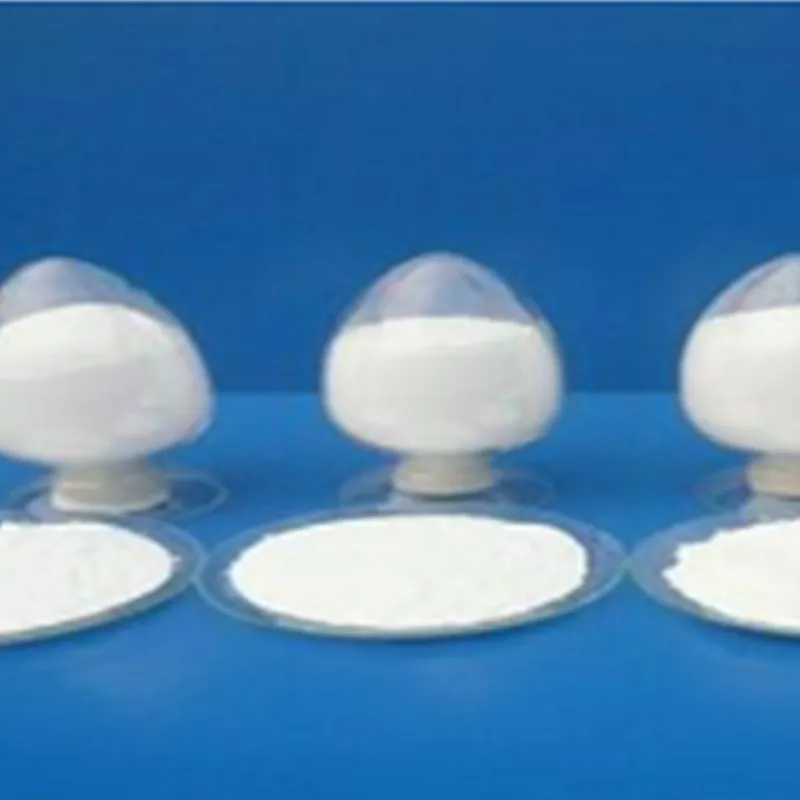
acrylonitrile butadiene rubber nbr
Acrylonitrile Butadiene Rubber (NBR) Properties, Applications, and Benefits
Acrylonitrile Butadiene Rubber (NBR), commonly known as nitrile rubber, is a synthetic rubber that is widely utilized in various industrial and consumer applications due to its excellent properties. NBR is produced by copolymerizing acrylonitrile and butadiene, which provides a unique blend of characteristics that make it highly desirable in demanding environments.
Composition and Properties
The key constituents of NBR are acrylonitrile and butadiene, each contributing specific attributes to the final material. Acrylonitrile contributes to the oil, fuel, and chemical resistance of NBR, enhancing its durability in harsh conditions. Butadiene, on the other hand, imparts flexibility, toughness, and resilience. The balance between these two components can be adjusted to achieve different grades of NBR with varying properties, such as hardness, temperature tolerance, and tensile strength.
One of the defining features of NBR is its outstanding resistance to petroleum-based oils and fuels, which makes it a superior choice for applications involving oil exposure. Additionally, NBR exhibits good resistance to abrasion, ozone, and weathering effects, making it suitable for outdoor applications. However, it is essential to note that NBR is less resistant to certain chemicals, such as ketones and chlorinated hydrocarbons, which can lead to degradation.
Applications
NBR’s exceptional properties make it a key material in numerous industries. One of the most prominent applications of NBR is in the automotive sector, where it is used to manufacture seals, gaskets, and O-rings. These components are essential for preventing leaks and maintaining the integrity of various systems, particularly in engines and fuel delivery systems.
acrylonitrile butadiene rubber nbr

In the industrial sector, NBR is widely employed in the production of hoses, belts, and sheeting due to its durability and resilience. Industries such as oil and gas, manufacturing, and aerospace rely on NBR-based products to withstand the rigors of their operating environments, ensuring the longevity and reliability of equipment.
Furthermore, NBR’s excellent grip and cushioning properties have led to its use in the consumer market, specifically in the production of gloves and sporting goods. Nitrile gloves are particularly popular in the medical and food industries, as they provide a good barrier against chemicals and biological agents while offering enhanced tactile sensitivity.
Benefits
The benefits of using NBR are numerous. Its resistance to oils and fuels not only contributes to the longevity of products made from this material but also reduces the frequency and cost of replacements. Additionally, its ability to perform in a wide range of temperatures—from arctic conditions to high heat—allows it to be utilized in diverse applications across various environments.
Moreover, NBR is generally more cost-effective than other rubber compounds, such as natural rubber and fluorocarbon rubber, while still offering superior performance in oil resistance. The versatility in formulation also allows manufacturers to tailor the properties of NBR to meet specific application requirements, making it an ideal choice for custom solutions.
Conclusion
In summary, Acrylonitrile Butadiene Rubber (NBR) is an indispensable material in modern manufacturing and consumer products. With its unique blend of oil resistance, flexibility, and durability, NBR continues to play a critical role in the automotive, industrial, and consumer sectors. As industries evolve and demand for high-performance materials increases, NBR is poised to remain a staple in rubber applications, providing reliable solutions for a wide range of challenges. As technology progresses, innovations in NBR formulations and processing methods may even enhance its properties further, opening new avenues for its use in the future.
-
Understanding Synthetic Rubber OptionsNewsApr.27,2025
-
Trichloroisocyanuric Acid: Essential for Clean and Safe WaterNewsApr.27,2025
-
Sodium Dichloroisocyanurate: Key to Safe Water TreatmentNewsApr.27,2025
-
Sodium Acid Pyrophosphate: Essential in Modern Food ProcessingNewsApr.27,2025
-
Essential Water Treatment ChemicalsNewsApr.27,2025
-
Denatured Alcohol and Its Industrial UsesNewsApr.27,2025
-
The Versatile Uses of Sodium BicarbonateNewsApr.24,2025
Hebei Tenger Chemical Technology Co., Ltd. focuses on the chemical industry and is committed to the export service of chemical raw materials.
-

view more DiethanolisopropanolamineIn the ever-growing field of chemical solutions, diethanolisopropanolamine (DEIPA) stands out as a versatile and important compound. Due to its unique chemical structure and properties, DEIPA is of interest to various industries including construction, personal care, and agriculture. -

view more TriisopropanolamineTriisopropanolamine (TIPA) alkanol amine substance, is a kind of alcohol amine compound with amino and alcohol hydroxyl, and because of its molecules contains both amino and hydroxyl. -

view more Tetramethyl Thiuram DisulfideTetramethyl thiuram disulfide, also known as TMTD, is a white to light-yellow powder with a distinct sulfur-like odor. It is soluble in organic solvents such as benzene, acetone, and ethyl acetate, making it highly versatile for use in different formulations. TMTD is known for its excellent vulcanization acceleration properties, which makes it a key ingredient in the production of rubber products. Additionally, it acts as an effective fungicide and bactericide, making it valuable in agricultural applications. Its high purity and stability ensure consistent performance, making it a preferred choice for manufacturers across various industries.











